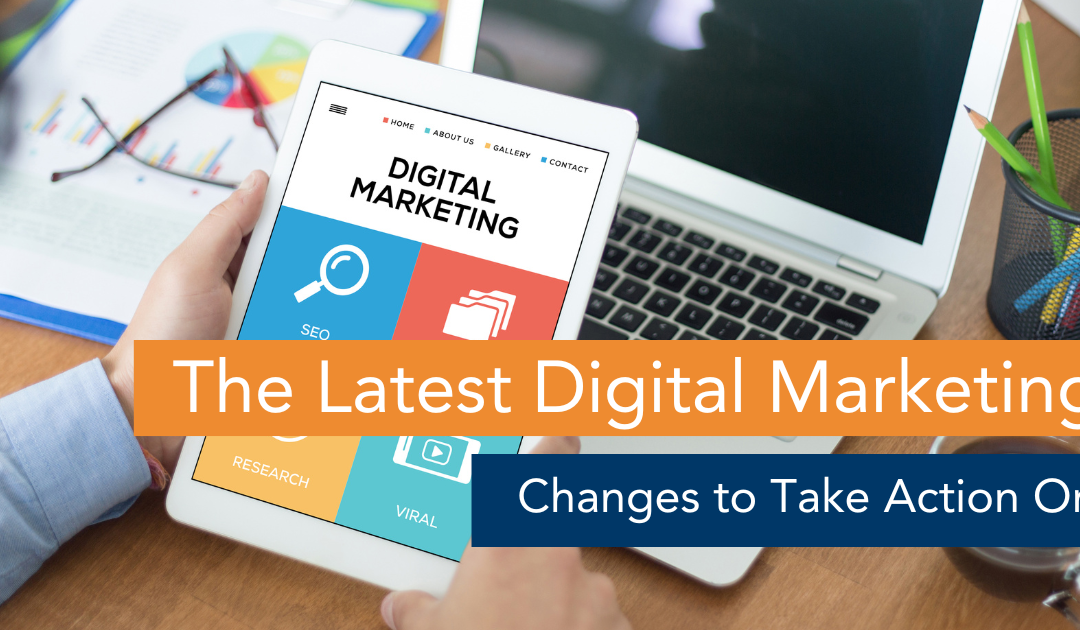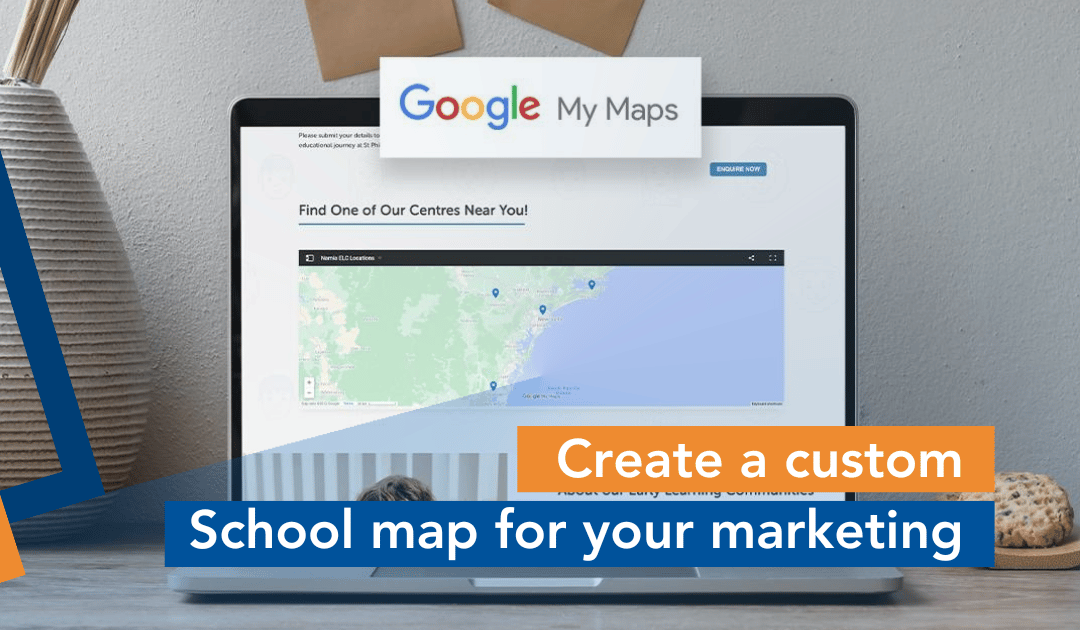Keeping up with the latest changes and trends when it comes to Digital Marketing can be challenging. We recently hosted a great interactive webinar looking at the next big 3 changes you need to be aware of, how they impact you and what action steps you need to take.
Digital Marketing – The 3 big changes:
- Google Analytics 4 (GA4)
- iOS 14 changes and a broader move to a cookie-less future
- New .AU domains
Google Analytics 4 (GA4)
This is one change we have all probably been avoiding but it’s something you need to tackle as it will be compulsory from July 2023. This change is in line with the move toward a cookie-less future and is more privacy-focused; GA4 will no longer be reliant on cookies for tracking purposes.
Although the installation is more onerous, there are definite benefits to the new analytics. The home page dashboard is fully customisable, based on the data you want to see which will make your life easier in the long run.
Goals are now referred to as conversions; although the setup is more complex, our experience is that the data is far more accurate. Another change relates to bounce rates; GA4 now looks at engagement rates. The new analytics focuses on user behaviour and how they engage with your site, which is the exact type of data you need, especially when it comes to search engine optimisation and how the user is interacting with your content.
A big advantage of the new analytics is the introduction of machine learning with regard to data gaps. The system will automatically alert you to significant trend changes in your data and will provide recommendations. The insights you will receive will be more customer-centric and a lot more valuable for you as a marketer.
Action steps
Yes, you are going to have to install GA4 but there’s no better time than the present! We recommend that you use Google Tag Manager for installation. We have found it preferable to run GA4 parallel with Universal Analytics as it will take time to convert all your reporting and you don’t want to lose any data.
iOS 14 changes and a broader move to a cookie-less future
Opting out of tracking is now a default option on Apple devices, which makes our job of tracking our marketing efforts more difficult. This change only affects Apple devices and from an Australian perspective, this accounts for around 14% of your web traffic. At an initial glance, this doesn’t seem like a big number, but it is signalling a change in trend as consumers become more protective of their personal information. As digital marketers, we need to be looking at how to move forward in a potential “cookie-less future”.
How does it impact you?
This change means that you can no longer easily gather information from visitors to your site and you won’t be in a position to track their conversions. With fewer numbers being reported, your conversion measurements will be less accurate and missing data will impact any related optimisation.
Retargeting becomes a challenge as you are no longer able to track your prospective client’s journey. Apple data will also be delayed by up to 3 days. This will impact any type of Facebook or Google advertising you are doing as there will be less data to work with when optimizing ads.
Another change is that you will no longer be able to receive any form of demographic breakdown of ad data. Basically, all your numbers are going to be less accurate and as any digital marketer knows, this is going to make your job more difficult. Having said that, companies like Google and Facebook are continually working on solutions and there are a few crucial actions you need to take to minimise the impact.
Action steps
If you have a Facebook page or ad account, you will need to set up Facebook Conversions API. This will allow you to continue to track conversions, but occurs from the server side as opposed to via cookies.
The next step you can take is to enable Advance Matching on your Facebook account. This will allow you to obtain more data about your audience and identify whether or not they were a conversion.
The last step we recommend is to set up the Aggregated Event Measurement. This functionality supports marketers in being able to run effective campaigns while still preserving user privacy, however, you will be limited to 8 conversion events. We recommend setting up standard conversion events and then classifying all the different conversions into one of those categories, e.g. school tour bookings.
New .AU domains
The Australian Domains Authority has released a new domain extension for the first time in decades, which is now .au instead of .com.au.
Although most schools make use of the education extension, we recommend that you pre-book your domain to avoid the risk of a competitor or another business registering that domain.
Currently, preference is being given to owners of existing businesses but if you don’t pre-register, you risk losing that domain name once it is available in the open market.
We wish you all the best as you navigate all these new changes. Make sure to watch the full webinar for more detail. It’s definitely worth it!
Questions regarding this article? Please email me at mara@robertsdigital.com.au








